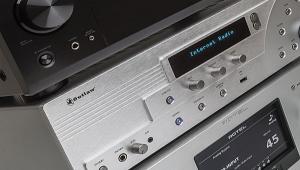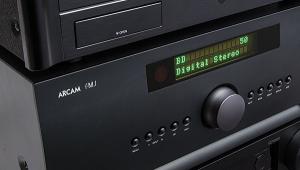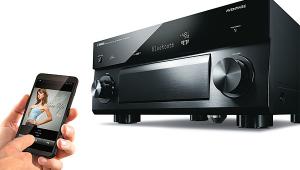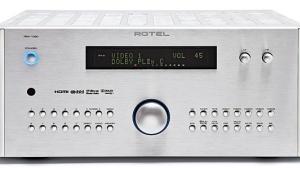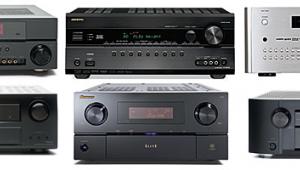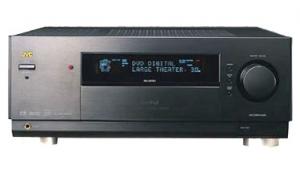How TV Makers Spin the Specs

The most clever marketers of consumer electronics have never met a spec they couldn’t spin. Take screen resolution. Though Full HD (1920 x 1080 pixels) is now a given on any midsized and up screen, 720p panels are still offered. The manufacturer can rightly call it high def, just not Full HD. But there are other ways to spin 720p. Since it’s the transmission standard for ABC, Fox, and ESPN, all of which show sports, 720p can be deemed the official native resolution of sports fans. Also, if the screen is on the small side—say 32 inches or less—what’s to miss? You need a really big screen to appreciate the detail of Full HD anyway. Never mind the inconvenient truth that with the Retina Display on new iPads, resolution checks in at an astounding 2048 x 1536 on a 9.7-inch screen!
This season, the CE spinmeisters are beside themselves over how to promote any set that’s not smart. After all, what are they supposed to call a TV that doesn’t connect to the Internet? Dumb? A below-average TV? The best you can say is it’s a TV that stands on its own.
While we don’t expect to see a “Welcome, Idiots” banner, inspired by Woody Allen’s movie Love and Death, strung across the Dumb TV department in showrooms, we wouldn’t be surprised to see a con- federacy of dunces trade group emerge charged with hammering home these points: No Annoying Apps, No Skype Interruptions, No Broadband Bills, No Wi-Fi Snoops. Just TV.
And who’s to say that the dumb TV isn’t at least a self-starter? If the set has an ambient light sensor capable of lowering or brightening its backlight based on changing room conditions, isn’t that a baseline for intelligence? And if the set has a volume limiter so commercials aren’t louder than the program itself, isn’t that worth another step up in IQ?
When a set has more inputs than you’ll ever need, it’s built for the future. When it has inputs for legacy equipment, it’s upwardly compatible. If you no longer own anything with S-video out but the TV has S-video in, it’s built for irrelevance. Just don’t say so.
If the TV is a combo, incorporating a slot-loading DVD player behind the screen, it’s a space saver—never mind that it’s not a Blu-ray Disc player, which will take up space.
If the TV’s built-in program guide or the one that comes with your DVR plasters advertising panels for The Real Housewives of Hoboken and Bounty paper towels all over the screen at the expense of listings or shrinks the live picture to the size of a postage stamp, marketers are bound to proclaim, “But the guide is free!” Well, not really, if you’re paying TiVo $14.10 a month.
If the TV stand requires assembly, they’ll emphasize that the entire TV comes in a slim carryout box. After all, pre-installing the podium would not only make the box more bulky, but the manufacturer would have to hire another worker to attach the stand instead of depending on the free labor of customers.
If the smart TV is promoted as wireless, it means you can cut the Ethernet cable. But if it’s referred to as Wi-Fi ready, the subtext is that you probably need to buy an $80 USB Wi-Fi dongle. The same marketing logic applies to 3D. If the TV has circuitry for 3D but glasses aren’t included, they’ll say the TV is 3D ready. If the TV’s 3D emitter is an optional plug-in device, they’ll say the TV is 3D upgradeable. If the TV comes with neither glasses nor an emitter, you probably should be looking at 2D models instead.
The only thing a retailer loves more than selling you an accessory is selling you lots of them. Can I interest you in a gold-plated, shielded, reinforced, high-performance, high-speed HDMI cable that comes with a lifetime warranty?
Now you know how the people who sell home theater equipment think. By spinning the spec, the smarty-pants of consumer electronics can turn almost any product deficiency into a major selling point.
- Log in or register to post comments
